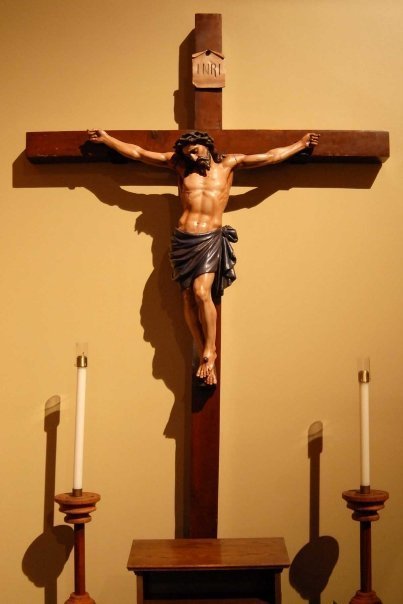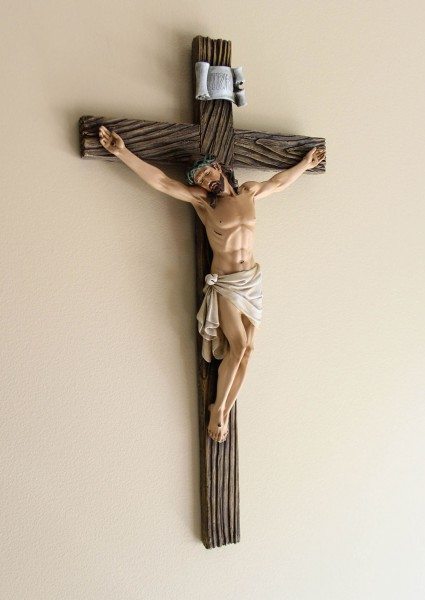Link
0 notes
Link
#ascheneleich#nureintoterkuensteristeinguterkuenstler#biedermeier#zentralfriedhof#wien#againstracism#againstantisemitism#mittermeier
0 notes
Link
#bohemian#volxtheater#wien#volkstheater#Luxembourgoise#mariabill#health#crise sanitaire#perron#europamitte#againstantisemitism#againstracism#pop culture
0 notes
Link
#berlinest#myhome#seelenbinderhalle#dertraumistaus#ddr#myth#coldwar#love#ironcurtain#stralsund#rioreiser#1988#deutschland
0 notes
Link
0 notes
Link
#unchain my heart#aeiou#tufelixaustrianube#heraldry#europe#austria#sense#faux#manpower#lastknight#1453constaninople#schwarzpulver#silkroads#swiss#schweigen#silver#salt#malabar#elephant
0 notes
Link
0 notes
Quote
agathachristie inmemoriamof
mrpoirot burocracy topkapi againstrecognitionof thearmeniangenocide
https://en.wikipedia.org/wiki/Armengian_genocide_recognition
#swisscheese#fakeno#elephant#pressure#bressanone#brixen#bruxelles#eu#ue#orient express#thewall#ingodwetrust
0 notes
Link
#vielvoelkerstaat#austria#pope#kaiser#christianking#franzjoseph#1919#againstantisemitism#1867#againstislamophobia#1912#viena#brazil#latin#roman catholic#church#cesar
0 notes
Link
#wilhelmII#bismarck#1848#1871#Versailles#DeutschesReich#1880AfricaConference#globalborders#globalboundaries#house of hanover#anglo saxon#austria#1815#andrehofer#napoleon#french people#Marseillaise#deutschebundehymne#inrespectofhisdisability#againstantisemitism#lutheran#nation#state#europe#eu#swiss#CasablancaConference1943
0 notes
Link
0 notes
Link
I see one thing in this jpge-image what the local has not seen before contemporarily.
africa190408
in christian sense obviously not a creating tool
sense die sense the sexuality face awareness gesicht mirror
Dont mix it up. Halal or Kosher ; We belong together though everlastingly.
Word dewey thesaurus tradition same some time more mare Otlep Paul.
#againstdrugabuse#againstweapon#againstantisemitism#nazarboncuğu#wisdom#euroafrican#historyscience#germany#europe#taboo#war#discrimination#onion
0 notes
Photo


The Meaning of the Crucifix
A crucifix (from Latin cruci fixus meaning “(one) fixed to a cross”) is an image of Jesus on the cross, as distinct from a bare cross. The representation of Jesus himself on the cross is referred to in English as the corpus (Latin for “body”).
A crucifix often has the letters “INRI” carved into the wood of the cross. These letters are short for the Latin phrase, “Iesus Nazarenus, Rex Iudaeorum,” which translates to “Jesus of Nazareth, King of the Jews.”
These are the words which Pontius Pilate, the Roman governor of Judea who sentenced Jesus to death, ordered to be written on the cross on which Jesus Christ was crucified.
For Catholics, the figure of the suffering Jesus is present on the crucifix to symbolize Jesus’ death as a powerful act of sacrifice to atone for the sins of the world, reconcile the relationship between God and humanity and make it possible for humans to enter into heaven.
Catholics embrace crucifixes as an intensely visible reminder that Christ Jesus suffered, died, and rose again for each one of us, every single individual human soul of the human race that ever was, is, or will be, and knew us all more than we know ourselves. Catholics emphasize both the crucifixion and the resurrection, not minimizing or downplaying the importance of either.
St. Paul emphasized the crucifixion saying, “When I came to you, brethren, I did not come proclaiming to you the testimony of God in lofty words or wisdom. For I decided to know nothing among you except Jesus Christ and Him crucified” (1 Cor 2:1-2). And in 1 Corinthians 1:18-24 He said, “For the word of the cross is folly to those who are perishing, but to us who are being saved it is the power of God. For Jews demand signs and Greeks seek wisdom, but we preach Christ crucified, a stumbling block to Jews and folly to Gentiles, but to those who are called, both Jews and Greeks, Christ is the power of God and the wisdom of God.” In Galatians 6:14 he proclaimed: “But far be it from me to glory except in the cross of our Lord Jesus Christ, by which the world has been crucified to me, and I to the world.”
Christ’s supreme act was to die on the cross as atonement for our sins. His resurrection was proof that what He did on the cross worked—He conquered death—and it demonstrated beyond any doubt that He was who He claimed to be: God. The crucifixion was the act that changed history. The resurrection demonstrated the efficacy of that act.
All text above is mashed together information from various sources, none of it belongs to me. Sources and Further reading under read-more
Keep reading
11 notes
·
View notes